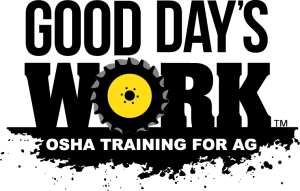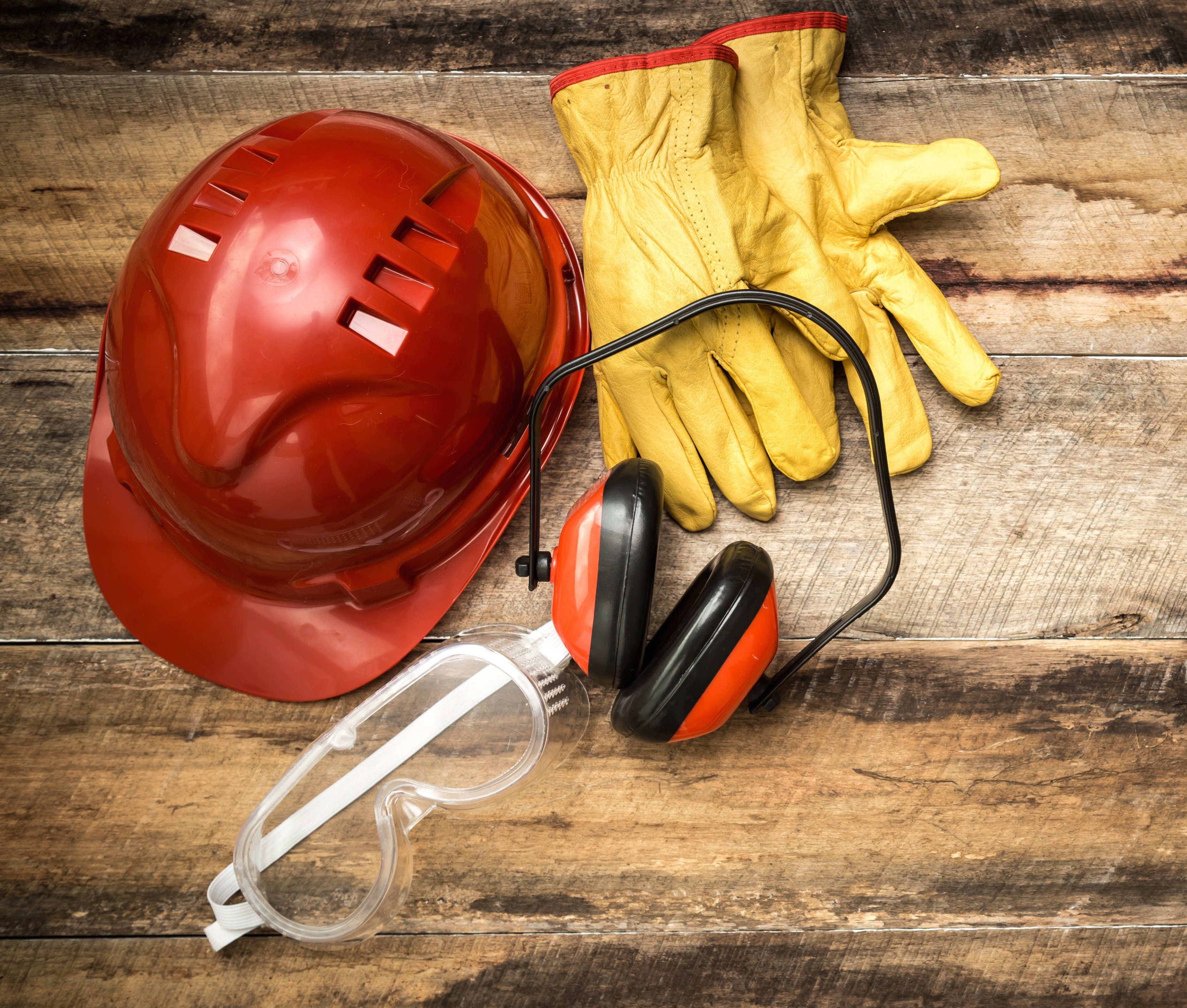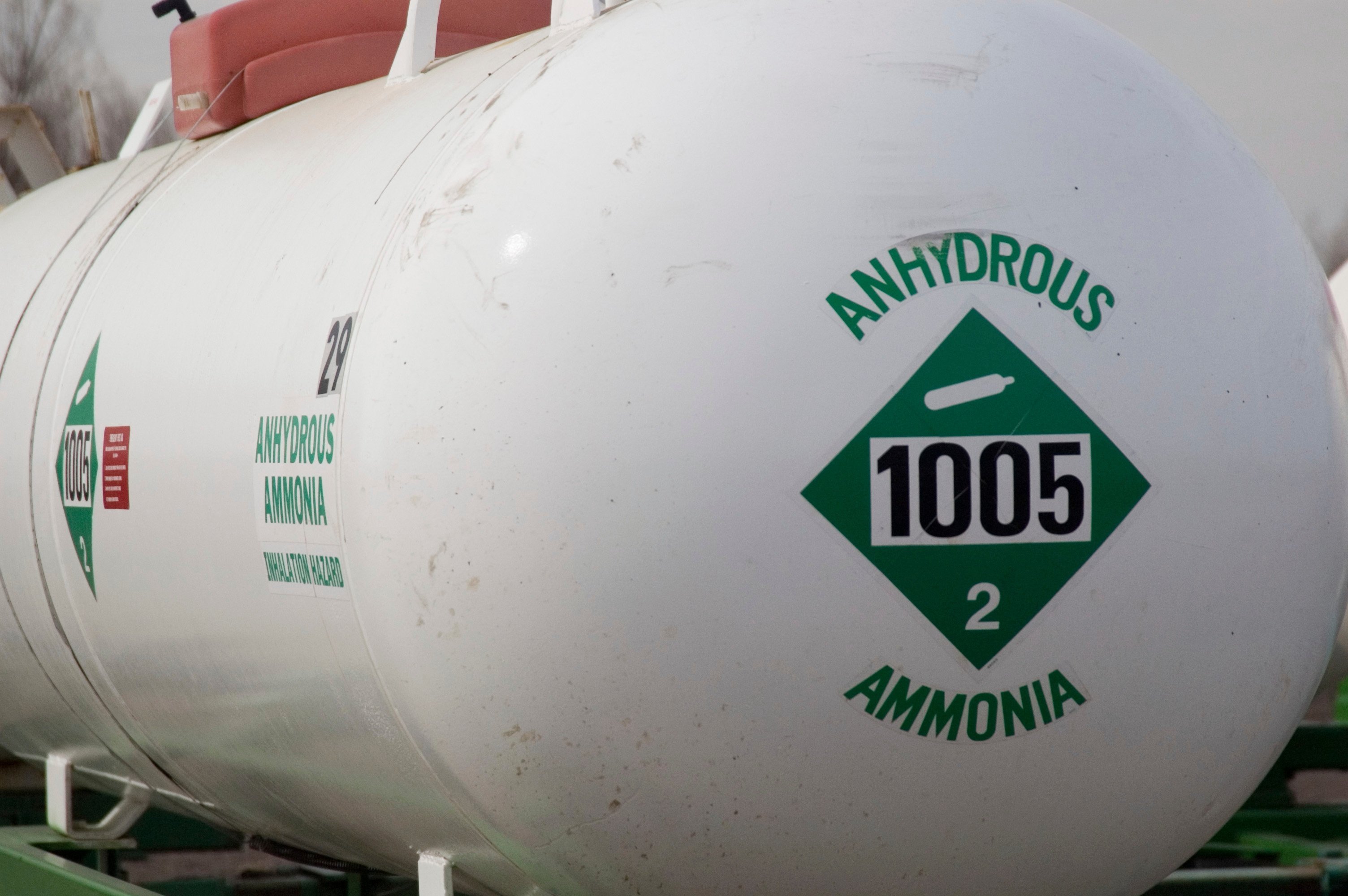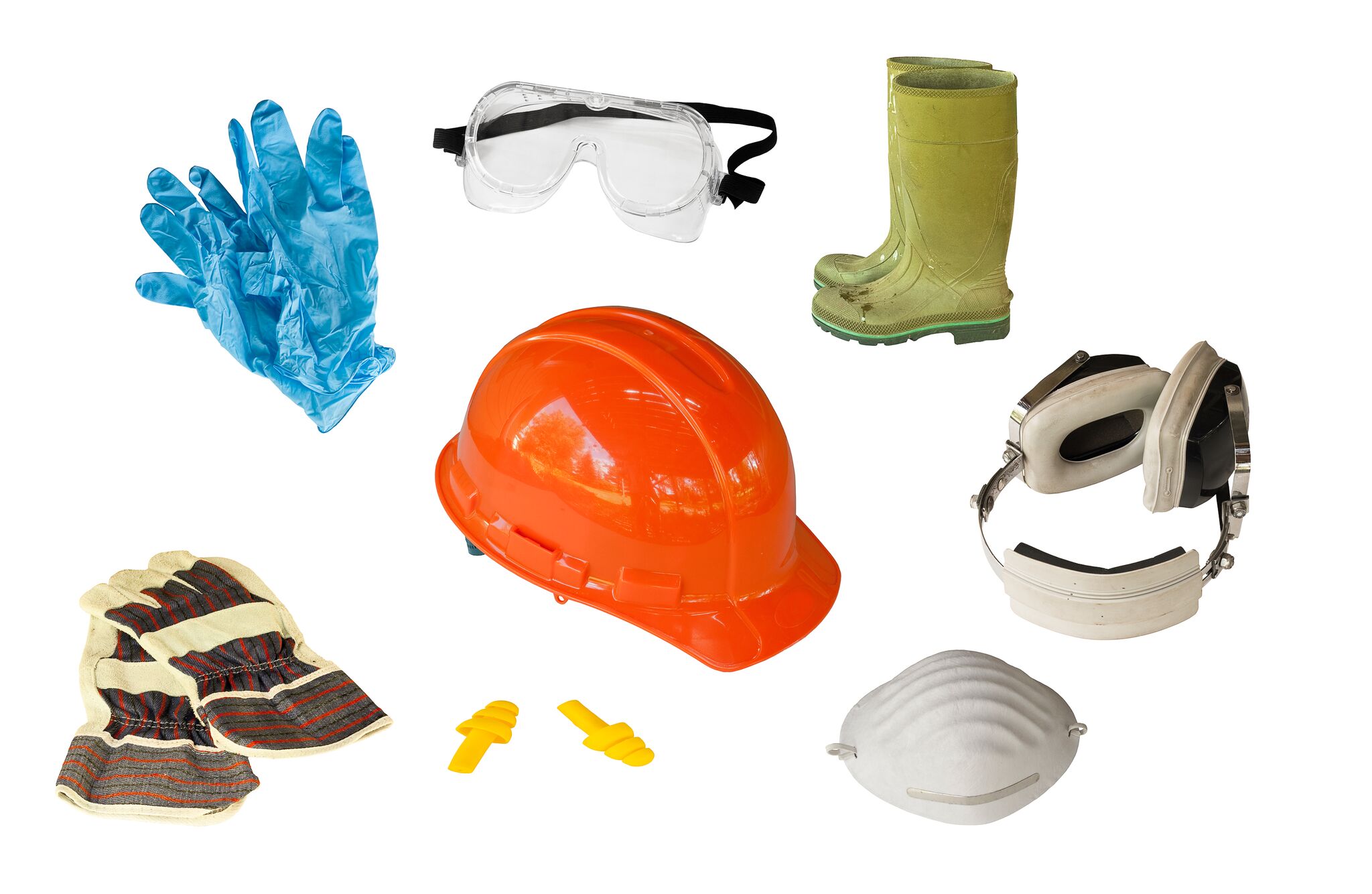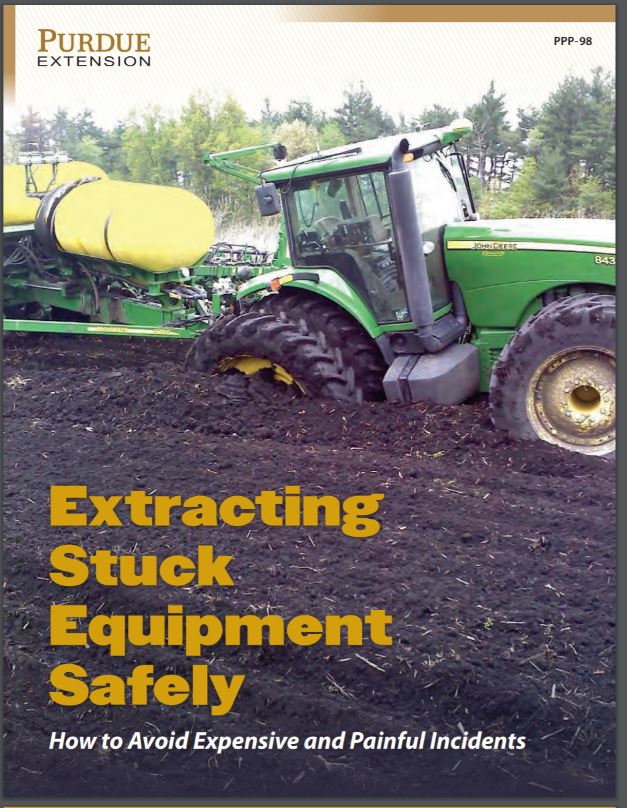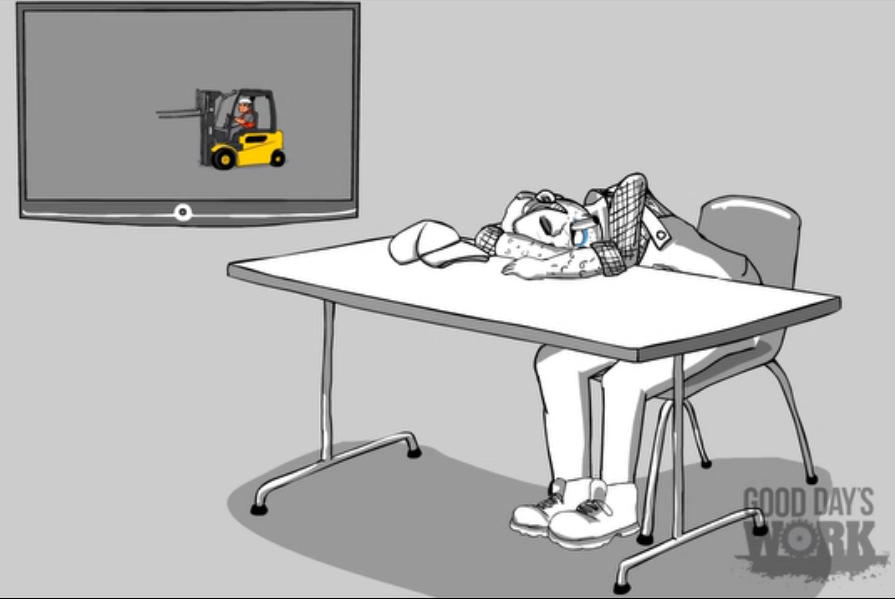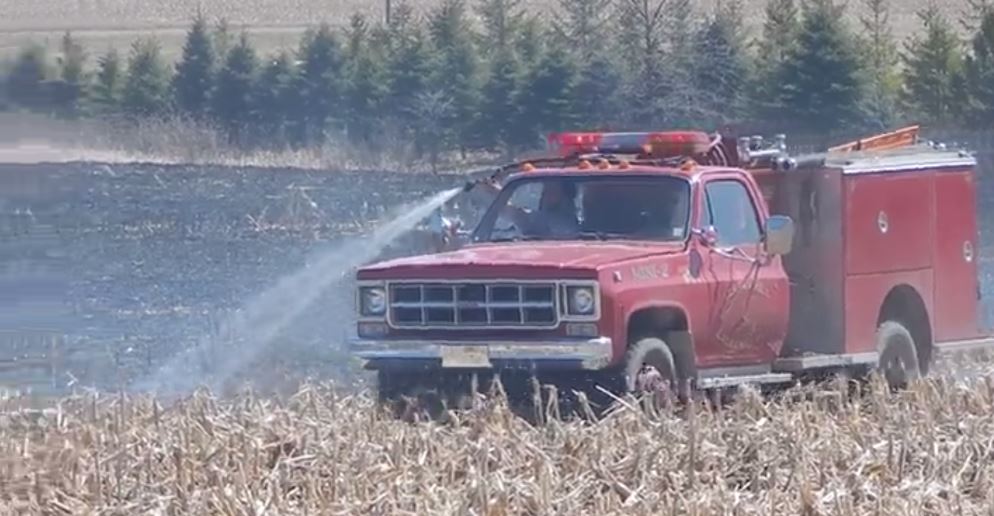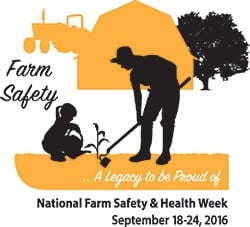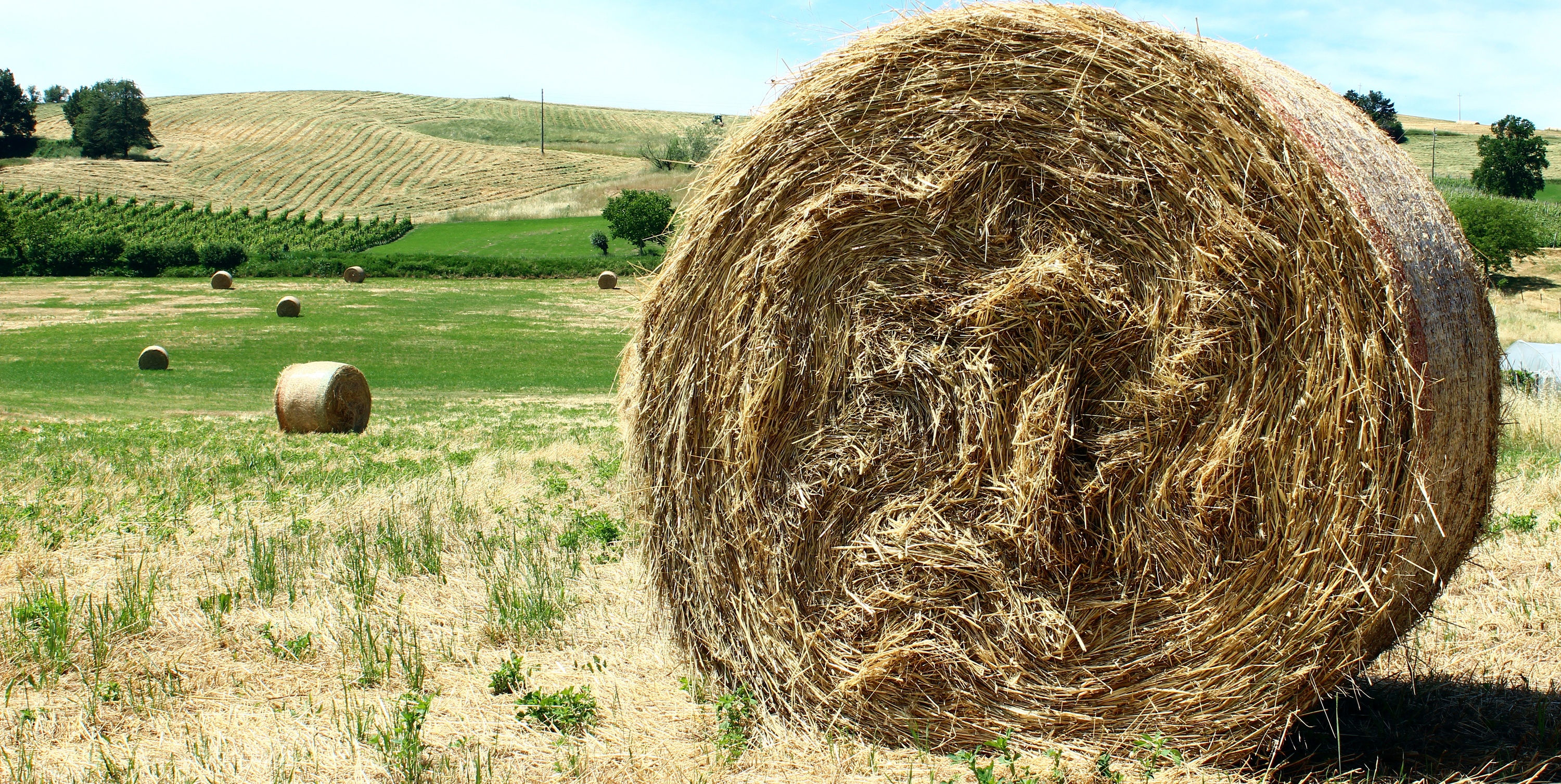When the weather during harvest is good and the crop is ready, it’s hard to stay out of the field if you can run. As the season progresses, weather delays, equipment problems and other issues that delay harvest can make for long days that stretch the limits of our endurance. Fatigue can set in, creating an even more hazardous situation around very hazardous equipment.
We need to keep everyone safe during the extended harvest season. Without adequate sleep we can become irritable, quiet, withdrawn and unfocused. We can also experience poor memory retention, blurred vision, extended yawning and increased illness due to a compromised immune system. All these potentially negative outcomes require us to take action to prevent fatigue.
